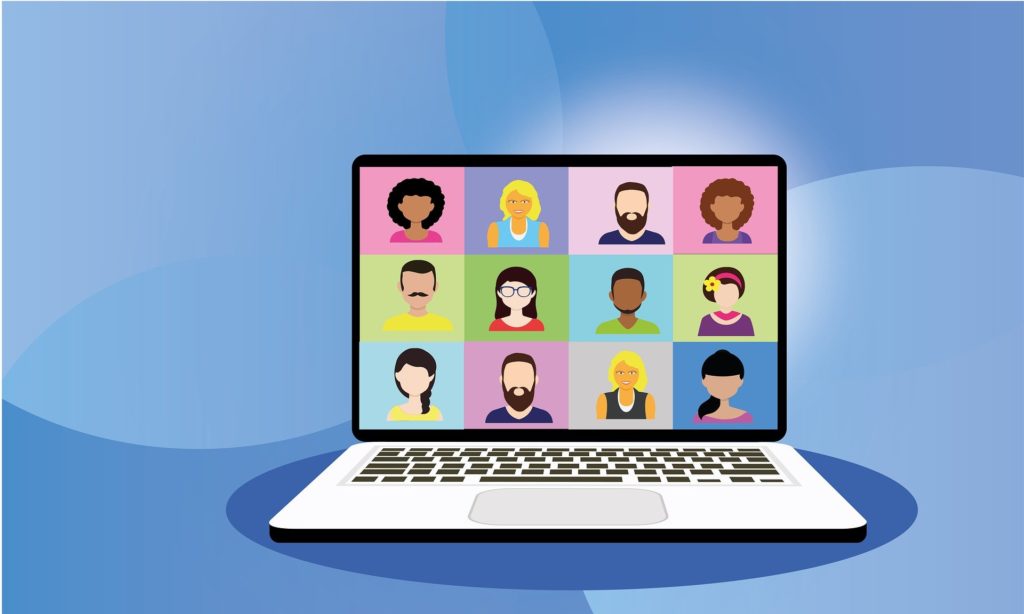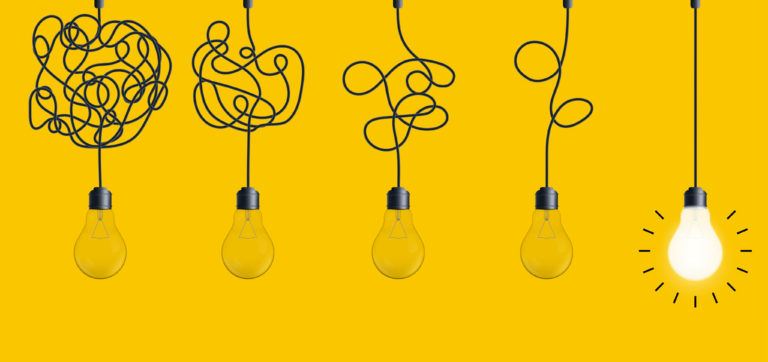Years ago there was a popular ad campaign for a telephone provider (pre-cell phones and internet.) In each commercial, a celebrity (Joe Montana, Carlos Santana) would share an emotional story about a phone call with a colleague or business partner that ultimately ended up in success. Then you’d hear a voice over – “the most successful business calls are personal.”
I’ve thought about those commercials often over the past few months. After hearing about friends and colleagues literally spending 10-12 hours a day on video calls and feeling wiped out, I wondered what happened to simply making phone calls.
Don’t get me wrong – the ability to gather a group of people and share presentations and documents in real-time can make video meetings incredibly effective when we need to see multiple people and process complex information. But shortly after lockdown, I noticed that more and more of my meetings with colleagues, friends and clients turned into video meetings even if we had no need to see each other or share any visual medium. In fact, many of my check-ins, that would have previously in person or a phone call, had turned into a video call.
Humans, in general, are not designed to do anything for 10-12 hours. Let alone stare at a flat screen and listen to one dimensional audio. According to “Why Do We Suffer From Zoom Fatigue” by Mark Sparrow, our brains fatigue more easily on video calls because it must adjust to the varying backgrounds and positions of the speaker as well as decipher who is speaking in a phenomena he calls “audio flatness.”
“We’ve all been there; a day spent in video conferences and meetings can leave you feeling “punch drunk” as if you hadn’t slept for a day or two.”
With regular, in-person meetings, we are usually all in the same room. Our brains register where each participant is and understands who is speaking based on the direction from where we hear the sound. There are visual and physical cues to help us not all speak at the same time (though not always!) On video calls, we hear all the participants through the same low dimension, audio speaker, often several people at the same time. Add the disparate participant backgrounds to scramble our visual cues (office, bedroom, kitchen table, coffee shop), our brain is continually deciphering what’s being said and who’s saying it.
“So, it seems as though we’ve been missing a trick with video conferencing by focusing too much on the visual side of things. In the real world, audio provides us with countless clues and cues as to who is talking and where they are in a given space.”
Consider a cocktail party where lots of people are speaking at the same time, you typically are not trying to listen to every person in the room. Your brain naturally filters out the voices you don’t need to hear and can focus more readily on the person or people you are speaking with.
Mark Sparrow believes that eventually 3D audio technology will be able to replicate “being there” audio for our video meetings and help reduce our “Zoom” fatigue.
Until then, I’ve started scheduling 1-on-1 phone calls where it makes sense. What I’ve found, even with tough conversations, I’m less concerned in managing the technology and more intent on the conversation. The flow felt easier and I was less tired.
And that’s a productivity booster I can implement daily.



